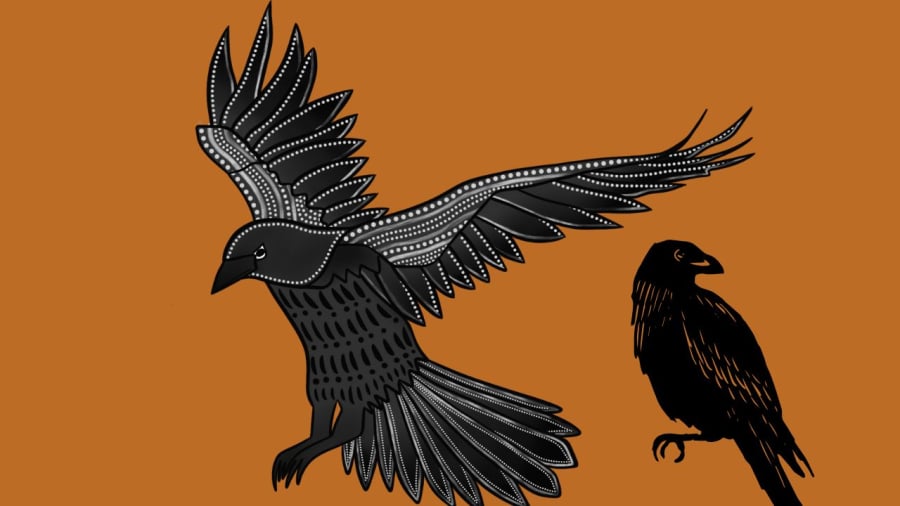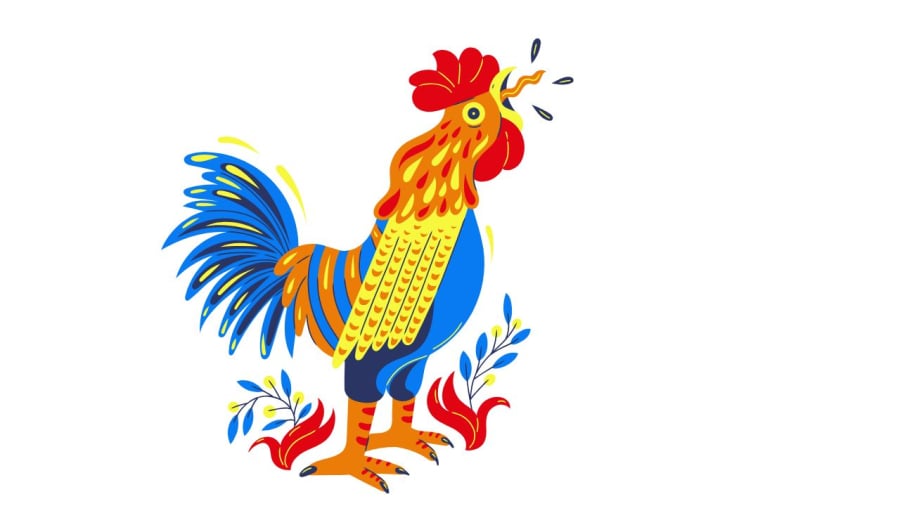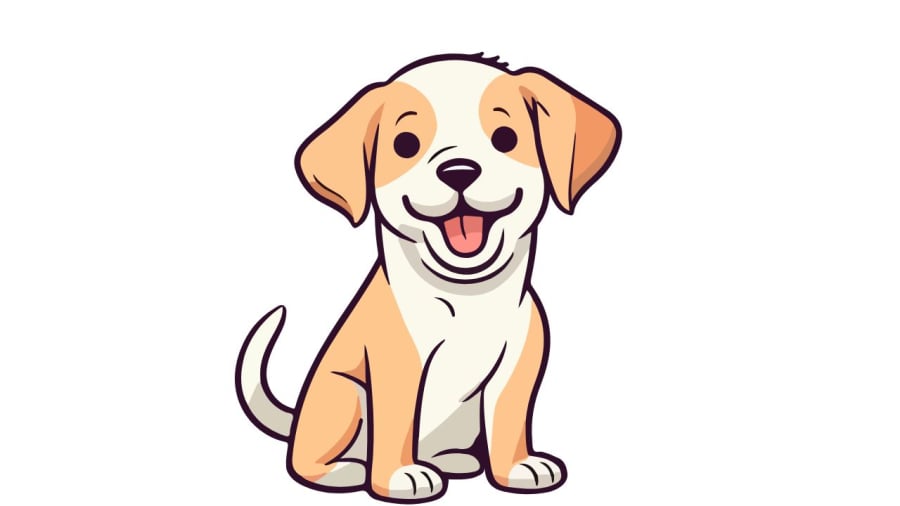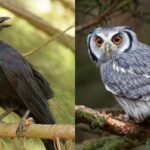The ancients lived in harmony with nature, observing natural phenomena to draw insights about life and prepare themselves for its challenges. Superstitions surrounding certain animal sounds were particularly prevalent, with five distinct calls believed to foretell misfortune.
1. The Crow’s Caw: An Ominous Prelude
In folklore, crows have long been associated with misfortune. As scavengers, they are often seen feeding on carcasses and are considered a harbinger of death. Their shrill “caw-caw” and jet-black plumage add to the aura of gloom they bring. Hearing a crow’s caw within the confines of one’s home, especially when a family member is gravely ill, was considered a portent of impending doom by our ancestors. While it may be purely coincidental, this belief remains entrenched in the collective consciousness.

2. Midnight Cock-a-doodle-doo: A Warning Sign
Roosters typically crow at dawn, signaling the start of a new day. However, when a rooster crows in the middle of the night, it is seen as an ill omen. In the olden days, it was believed that a rooster crowing at the wrong time foretold family unrest and impending calamity. Roosters are sensitive to environmental changes, and folklore holds that their nocturnal crowing could predict natural disasters like earthquakes or forewarn of significant household events.

3. The Dog’s Persistent Bark: A Warning or a Ghostly Greeting?
Dogs are renowned for their guarding instincts, and their hearing is ten times more acute than humans’. A dog barking incessantly in the middle of the night may not always be a response to physical stimuli; sometimes, it is interpreted as a message from the spirit realm or a warning of intruders. Folk beliefs hold that dogs can sense things that humans cannot, and their barking into thin air is often associated with the presence of ghosts or impending misfortune.

4. The Owl’s Hoot: A Rural Nightmare
Owls, or “chim lợn” in Vietnamese, are common nocturnal hunters in rural areas. While they are efficient hunters, their distinctive call sends shivers down the spine—it resembles a child’s cry or a sinister laugh. The old saying, “Cú cười nhà ai, nhà ấy có chuyện,” translates to “When an owl hoots near a house, that household will soon face adversity.” While modern science can explain this phenomenon biologically, for many, the owl’s hoot continues to evoke a sense of foreboding.
5. The Hen’s Crow: A Disturbing Omen
In nature, only roosters crow, while hens cluck. However, in rare instances, a hen may crow like a rooster. Our ancestors considered this a deviation from the natural order and a bearer of bad luck. Some believed that a crowing hen disrupted the balance of yin and yang, inviting disharmony, misfortune, and even disasters. As a result, some families would slaughter a crowing hen to ward off bad luck. Scientifically, this behavior is attributed to hormonal imbalances causing the hen to exhibit masculine traits.
While these superstitions are steeped in spiritual beliefs, they are not without a basis in reality. These unusual animal behaviors indicate a disruption in the natural order, and for rural communities dependent on farming and animal husbandry, such signs could have tangible consequences. Paying attention to and interpreting these signs is not only a way to preserve cultural folklore but also a means of staying vigilant and prepared for potential challenges.































